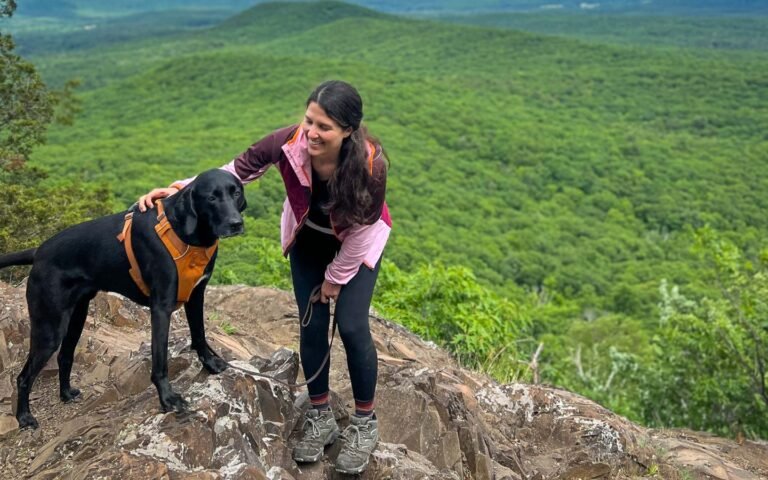Tips and tricks for packing efficiently can make or break a backpacking adventure. While you may have the basics covered, we’re here to share some unconventional packing hacks to elevate your next trip. From repurposing everyday items to clever space-saving techniques, these hacks will help you lighten your load and make the most of your backpacking experience. Get ready to revolutionize the way you pack!
Essential Packing Considerations
Understanding Bag Limits and Space Constraints
A key consideration when packing for a backpacking trip is understanding the weight and size limitations of your bag. Airlines and other transportation providers often have strict guidelines on the dimensions and weight of carry-on and checked luggage. Be sure to know the limits to avoid extra fees or being forced to leave items behind. Additionally, consider the space constraints of your backpack – maximize every inch by rolling clothes and packing items in compression sacks.
Selecting the Right Backpack
Essential to a successful backpacking trip is selecting the right backpack. Consider the duration of your trip, the terrain you will be covering, and the season during which you will be traveling. A larger pack may be necessary for longer trips or cold weather, while a smaller, lightweight pack could suffice for a short summer adventure. Look for features like padded straps, multiple compartments, and built-in rain covers for added convenience and comfort.
When dicking out the right backpack, it’s important to try on different options to ensure a proper fit. Adjust the straps and hip belt to distribute weight evenly and reduce strain on your shoulders and back. Choose a pack with adjustable features to customize the fit to your body, and consider models with ventilation systems to keep you cool during long hikes.
Innovative Packing Strategies
The Role of Compression Sacks
Any seasoned backpacker knows the importance of utilizing every inch of space in their pack efficiently. Compression sacks play a vital role in making this possible. These handy sacks allow you to compact your clothes and gear, reducing bulk and creating more space in your backpack.
Utilizing Every Inch: Efficient Space Management
One key strategy for efficient packing is to use every available nook and cranny in your backpack. Roll your clothes tightly to maximize space and consider using packing cubes to keep items organized. Place smaller items in empty spaces, such as shoes or water bottles in corners, to make the most of the room you have.
Understanding the art of efficient space management can make a significant difference in the comfort and convenience of your backpacking trip. By employing these innovative packing strategies, you can pack smarter, lighter, and enjoy your adventure to the fullest.
Gear Optimization Techniques
Even the most experienced backpackers can benefit from new packing hacks. Check out some Favorite packing hacks – Rick Steves Travel Forum for fresh ideas.
Multipurpose Items to Save Space
Any savvy backpacker knows the value of multipurpose items. Opt for a sarong that doubles as a towel, a bandana that can be used as a dishcloth, or a versatile scarf that also serves as a makeshift pillow. Packing fewer items that serve multiple functions can save valuable space in your backpack.
Weatherproofing Your Equipment
Your backpacking gear is an investment, and protecting it from the elements is crucial. Ensure your equipment stays dry by lining your pack with a waterproof cover or using waterproof stuff sacks for electronics and clothing. Additionally, seal seams on your tent and jacket with seam sealant to keep water out. Being prepared for changing weather conditions will help you enjoy your outdoor adventure without any setbacks.
Plus, consider packing a lightweight tarp that can be used as a makeshift shelter in case of unexpected downpours. This extra layer of protection can give you peace of mind and added comfort during your backpacking trip.
Maintaining Your Pack
Routine Checks and Balancing Load
Now that you have your backpack packed and ready to go, it’s necessary to perform routine checks to ensure everything stays secure and in place during your journey. Regularly adjust the straps for a comfortable fit and make sure the weight is evenly distributed to avoid strain on your back.
Quick Tips for On-the-Go Repairs
On the trail, unexpected tears or broken buckles can happen. Be prepared with a basic repair kit including items like duct tape, safety pins, and extra cord. These simple tools can save the day and prevent minor issues from turning into major problems.
- To quickly resolve any tears in your pack, use duct tape to patch them up. Safety pins can also come in handy to secure loose straps or torn fabrics.
It’s always a good idea to pack a multi-tool with a knife and scissors for any necessary cutting or repairs on the go. With these items readily available, you can swiftly address any issues and continue your journey without any setbacks.
- It’s important to address any damages as soon as they occur to prevent further complications down the road.






